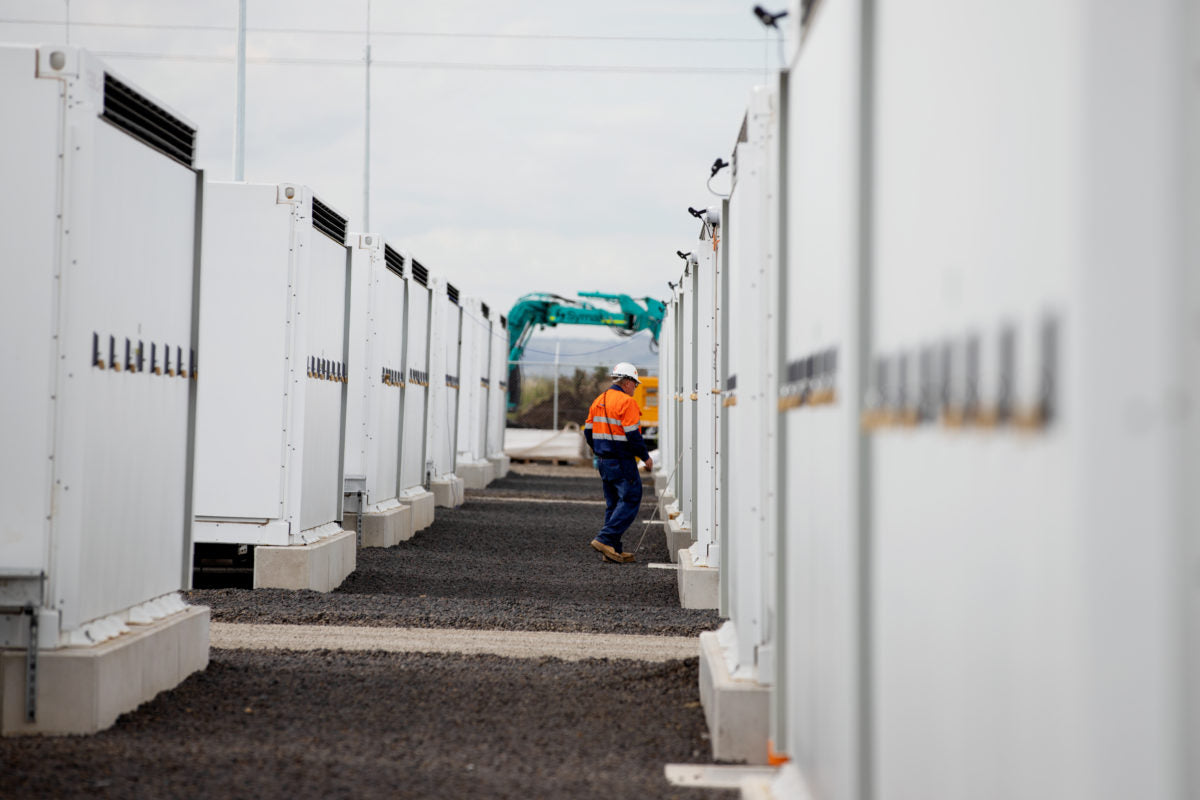https://pv-magazine-usa.com/2022/02/07/protest-planned-as-florida-net-metering-bill-could-set-rooftop-solar-back-a-decade/
Protest planned as Florida net metering bill could “set rooftop solar back a decade”

Image: Southern Environmental Law Center
A battle over net energy metering (NEM) in the Sunshine State of Florida rages on as legislation introduced late last year is set to dramatically cut the compensation PV owners receive for the excess generation they send to the grid.
Florida SB 1024, introduced by Sen. Jennifer Bradley (R), was filed in November, upending the structure of a 2008 law that supported the nascent stages of the state’s solar industry. Under the 2008 law, residential and commercial customers with systems less than 2MW in capacity are eligible to sell their excess generation back to the utility at the full retail electrical rate on their monthly bill. To calculate a customer’s annual excess generation credit, compensation is based on the avoided cost to the utility for the power it would otherwise have had to generate.

Image: Wikimedia Commons
The new bill calls for a new NEM structure to be submitted by January 1, 2023. The language loosely defines what NEM rates may be, stating it must ensure: “public utility customers owning or leasing renewable generation pay the full cost of electric service and are not subsidized by the public utility’s general body of ratepayers.”
The bill also calls for all energy delivered by customer-owned or leased solar to the public utility to be credited to the customer at the public utility’s full avoided cost, rather than the retail rate.
A third provision said the net metering rule may include fixed charges, including base facilities charges, grid access fees, or minimum monthly bills. This is particularly drawing the ire of solar advocates, who claim it goes directly against the idea of “fairness” that the bill is founded on.
Survey says…
In a recent survey of over 250 active solar shoppers in Florida, solar informational site SolarReviews found 74% of respondents will no longer consider going solar if the proposal passes, and rates are paid on the utility’s avoided cost calculations. If the proposed monthly grid participation is added, 93% of the respondents said they would not buy solar.
Of the bill, Justin Vandenbroeck, president of the Florida Solar Energy Industries Association said that, while the organization is still analyzing the full impact of the legislation, “Initial modeling suggests this legislation has the potential to set the rooftop solar industry back nearly a decade. Erasing the thousands of jobs, consumer choice and savings, along with the resiliency benefits that rooftop solar offers to Floridians.”
Protest planned
A similar proposal was set to be voted upon in California, where grid experts, environmentalists, and industry advocates cast dispersions on NEM 3.0’s proposed fixed charges, calling them a “tax on the sun.” Thousands of Californians held protests, calling for change, and it appears change may occur, as NEM 3.0 was delayed indefinitely.

Image: CALSSA
Now, Floridians brace for a similar fight. Advocacy group Solar United Neighbors is calling for solar supporters to join a planned rally in Tallahassee. The rally is planned for February 8th, 2:30-3:30 p.m.
Cost shift?
This has led utilities to argue that there has been a “cost shift” to non-solar customers. Paying for solar generation results in what the bill calls “increased cross-subsidization of the full cost of electric service onto the public utility’s general body of ratepayers.”
However, today only about 90,000 of the 8.5 million electric customers in Florida are topped with solar. The utility argues that this some 1% of Floridians are creating significant costs for the other 99%.
Lawrence Berkeley National Lab’s sixteen large-scale state-level studies on the cost shift argument that may suggest the bill’s assumptions stand on shaky ground. It found that 40 of the 43 states with net metering programs have a negligible cost increase attributable to solar, and the cost picture remains this way until solar penetration reaches 10% of the state’s total generation.
This content is protected by copyright and may not be reused. If you want to cooperate with us and would like to reuse some of our content, please contact: editors@pv-magazine.com.




